What is the focus of Physical Education (PE) in the International Baccalaureate® Primary Years Programme (PYP)?
A question that often gets asked is when are you teaching the basketball or the soccer unit in Physical Education (PE)? This is a fairly understandable question. Most of us parents, when we were taught PE at school, went through systems where the focus was on sport specific, often team game-dominated, stand-alone units. PE in the PYP however, has a slightly different focus. As with other single subjects, PE is not a special add-on, but it is considered as an integrated part of the holistic program being offered to the students. While in PE we are teaching about physical activities, we are also teaching through physical activities. To put this in context, we can look at some of the recent units of inquiry in PE at ASA.


How is the PE curriculum integrated into the units of inquiry?
KG and G1 students have just finished a PE unit where we integrated with the homeroom unit of inquiry. We used the homeroom central idea “Communities rely on people with different, special skills working together” and applied this to our PE class, with a focus on what working together actually looks like. Students participated in a whole range of fun physical activities that required cooperation in order to complete the tasks. Reflection is an integral part of the PYP and as we finished this unit students reflected on what they now understand by cooperation. Examples included “Working together to do things well”, “respecting everybody”, “Helping, caring and listening to others” and “To help each other using our different skill sets”.
What sorts of activities do students do during a PE lesson?
If you watch a PYP PE lesson, you will often notice that different students are often engaged in different activities. Student agency is an important part of the PYP program and takes many different forms. Students in PE are involved in decision-making and the construction of learning goals. G5 students have recently completed a net games unit, where they were responsible for creating goals for their learning and defining what success would look like for them. Students were helped in this process, by using the same scaffolding that they used in the homeroom for goal setting. The role of the teacher is to then work alongside the students to help them facilitate their learning. For some, this involved them developing tennis skills, while others worked on volleyball or four square.
In what ways are students involved in the PE lesson?
The development of students taking responsibility for the self-direction of their learning has also been an important component of G4 Striking and Fielding unit and the G3 Target Games unit. While traditional PE has often been taught as everyone practicing the same skill first, regardless of their ability level, and then playing a game at the end, for these classes we flipped this. In G4 we started with the game before students inquired into areas that they felt they wanted to improve in to be an effective team player. While some spent time practicing their striking skills, others were working on developing their throwing and catching, before putting this back into the game.
Throughout the year, PYP students will get to experience a balanced PE curriculum that will include learning experiences that include games, individual activities, movement composition, adventure challenge and activities that help develop their understanding of health related fitness, as we help students try to lead an active healthy lifestyle.
Ben Wiggins
Physical Education Teacher





